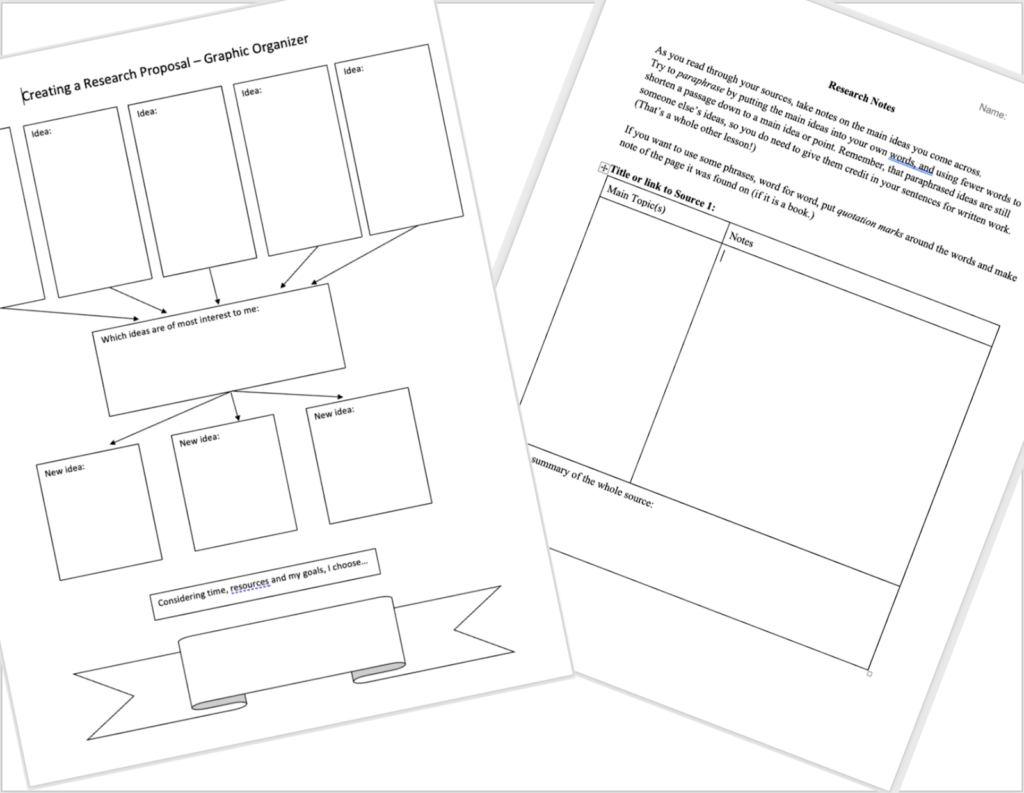The goal of Chris’s research project was to have students hone in on a topic of interest, develop a question from their own curiosity, find answers, then develop the question further and dig deeper into the subject of sexual reproduction. The driving question for this project was self-generated through some front-loading of content and then a guided brainstorm. Templates for the guided brainstorm and research notes (see file below) were provided by teacher librarian Trisha Rimmer.
As we learn more, new questions emerge!
Chris spanis

Project description
Following a unit on asexual reproduction, students learn a “crash course” in sexual reproduction, then start their inquiry with a guided brainstorm. They begin by highlighting their own takeaways, key points, questions, what-if’s, etc. from the lesson. Then they distill all of that down to a specific, researchable question. Using a list of accepted resources the students search with keywords and take notes from their first article. THEN, the students are asked either a follow-up question or, after learning from the first source, how their question evolved. They have to find two more sources to help them answer this further-developed question. Finally, there’s no poster or slideshow or essay: the students simply present a summary of their learning journey (roughly a paragraph) in a sharing circle. The emphasis of the assignment and its assessment is on the process of question development and self-motivated research rather than on a final product. Chris marks them on the sophistication of the development of their question, the quality of the information they found and how well they communicate their answer, and on evaluating the best sources (including formatting their references properly). This project lends itself well to adaptation for learning online. Much of the work students could do from anywhere with internet access.
Challenges:
It was a challenge for the students to use key words for searches if they were used to searching questions in sentence form.
